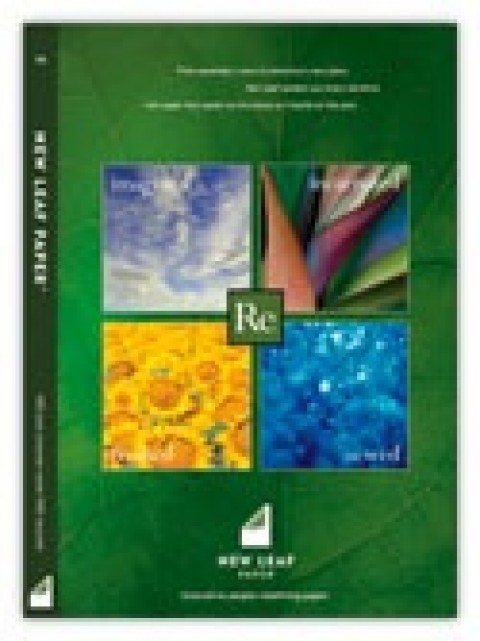I love watching James Bond films. One of the highlights is always the scene with Q, the MI5 scientist. He always has a new invention for Bond to try. The films have featured an explosive keychain, a wristwatch with a laser-beam cutter, and even a bagpipe with a flamethrower and machine gun!
Print developments can be just as outlandish
The world of print is changing fast. Designers who do not learn new technologies will not manage to achieve the same level of results. They will see projects being taken out of their control as they are handed to more knowledgeable members of their companies. These people will simply be regarded as price providers and order clerks.
But which are the best technologies to learn if you want to avoid being regarded in this way? The first one is being talked about a lot these days.
1. Intelligent print recognition
IPR is the technology that will make print truly multimedia. You have probably already seen QR codes in action – IPR is the next generation of those. Any piece of print can be made into an item that can be scanned. This can even be done after something has been printed.
Once a user scans an item through an app, they can be directed to whatever Web content the campaign provider wishes. This content can be changed according to time, location or the user’s previous scanning behavior. The data that is created from this activity enables a company to communicate with a prospect in a truly one-to-one fashion. Print becomes completely interactive and accountable.
However, the next technology allows print to generate sales instantly.
2. Near field communication
There has been a lot of discussion about NFC-enabled phones recently. The technology allows phones to create radio communication with unpowered chips. The most widely implemented use of this technology is to allow instant payment for transport systems. However, it can also be used for data exchange.
If an NFC chip is implemented in a piece of print, a user can instantly pay for and download an access code for a piece of software, a ticket or a special offer. Once again, extremely detailed data can be generated. Print becomes completely measurable and accountable.
These two technologies give print the ability to remain an essential communication channel. However, designers also need to be aware of the latest changes in printing technology itself, and there is a potential game-changing technology on the horizon.
3. Nanography
Nanographic printing is being developed by Benny Landa, who is also the inventor of digital offset printing. Nanography is a process that aims to allow the production of personalized digital printing at the speed of offset. It also claims to be more competitive than offset printing in certain run lengths. If it achieves what it claims, then this could create a huge change in the offset market. I hear that development is currently on track. I expect to see first press installations at some point in 2014.
Yet, some feel that it’s simply too hard to keep up with all of these changes in printing.
I’m too busy to learn new technologies
It is vital that designers learn and understand new technologies. Buyers who aren’t setting aside time to research them will slowly become redundant. So what should buyers do? Here are three action points to get you going:
1. Set aside 20 minutes each week to research the new technologies.
2. Start researching useful websites such as documobi.com for IPR, nfc-forum.org for NFC, and landanano.com for nanography.
3. Consider how you might use these technologies on your current projects.
Remember that some of Q’s inventions are now in common use. Fingerprint detectors and bug scanners no longer seem as outlandish as when they were first featured. Some of these print technologies may seem outlandish now, too. But at least some of them will be commonplace very soon.
……………














